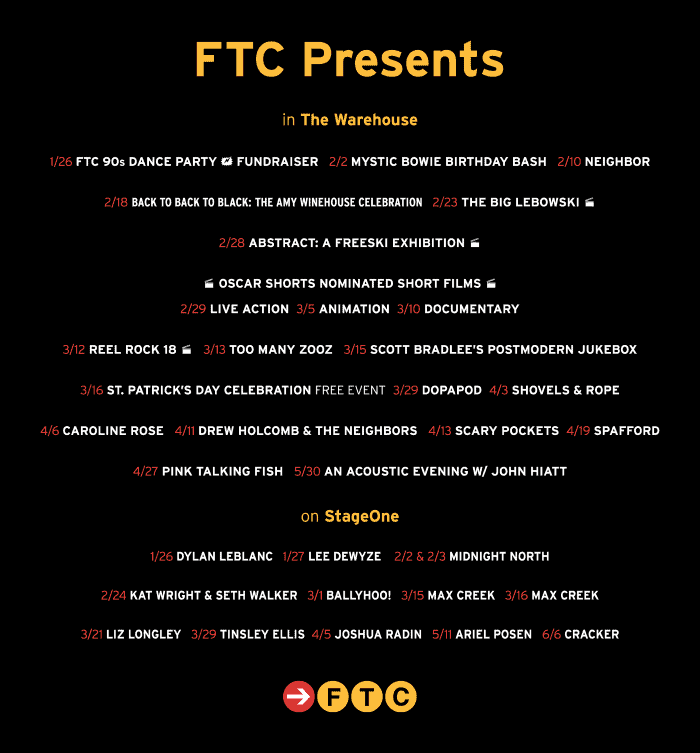Take heart snow lovers, the flake fests will come. Take heed home owners, your fuel bill will still spike, despite lower prices and higher temperatures. The reason for this is that black and white, sensory-deprived, soundless and odorless time of year known as February.
It could start before even we turn the calendar, as a nor’easter is possible this weekend. It might happen too late to save the economics of those who plow the snow, dress us to protect us, sell us stuff to move it, or SUVs to drive through it. For them, it has already had a far-reaching impact, but no more so than in the ski industry.

Look at the beast of the east, Killington Mountain in Vermont, which has less than half of its 128 trails open 10 days into January; unprecedented. In southern Vermont, Bromley Mountain has only 20 of 47 trails open. In Connecticut, Mohawk Mountain and Mount Southington are doing even worse and Ski Sundown did not even attempt to open until Jan. 9.
It is pervasive throughout the Northeast, no matter how far north you go. From Whiteface Mountain in northern New York to Sugarloaf Mountain in Maine, each are dealing with half or less of their trails open, which are historically low numbers. Across New England if you like to skate, try to find a frozen lake. Ocean temperatures are also in the mid-40s, about 5 to 10 degrees warmer than they should be. Additionally, those snow tubes you got for Christmas are still as deflated as Tom Brady’s footballs were and your winter spirit is becoming.
To all of us in the Northeast who love New England winters, stay frosty; your time is coming. Weather-wise, we all tend to have short term meteorological memories. If you’re not sure if that’s true, all you have to do is look back just one year to Thanksgiving at the beginning of the 2014-15 winter season. It was called winter storm Cato and 20 million people were under winter storm warnings on Thanksgiving eve and day. The Northeast got anywhere from a few inches to a full blown blizzard. For those who took flight to see family that Thanksgiving, I’m sure you remember it, as nearly 5,000 flights were cancelled. It made us all feel like it was going to be a rerun of the winter before 2013-14 when we had snow from mid-December to mid-March.
So what happened after Cato in late November? For two months, nothing. After that, all it did was snow for six weeks straight, well into March, mostly on Mondays and there were lots of snow days. So many in fact that, after two springs in a row of extending the school year too far into June, thus disrupting many plans for summer jobs, camps, etc., many school districts this year have eliminated winter break and have just kept spring break. But the past two winters’ snow haven’t even come close to the record set in the 1995-96 season.
Besides the lack of precipitation, temperature has been the other problem this year. Back to meteorological memory for a moment. Was all the snow in February the biggest story of last winter or do you remember the cold? In fact, last February was the coldest month, of any month ever in the history of record keeping in the Northeast. Do you remember all the brutal three dog nights and daytime low numbers that only a computer knows (0 and 1)?
What a difference a year makes, so what changed? While we were enjoying or enduring—depending on your point of view—the coldest month ever last winter, our planet as a whole had to survive its warmest year on record. So you have global warming and now El Niño (which means warmer water further north in the Pacific, thus warmer air across the U.S.) infiltrating our winter this year.
So here’s what to expect moving forward. It’s really Old Man Winter vs. Mother Nature, or to be more precise, the Polar Vortex vs. El Niño. According to the National Oceanic and Atmospheric Administration and The Weather Channel, a very strong El Niño exists this year, which usually means more moisture crossing the U.S. However, several projections still show a wild ride for the jet stream in February (thus the Polar Vortex), oscillating up and down the East Coast bringing us the arctic cold.
What do you get when you mix the two correctly? Big snowstorms! It just depends on how well Mother Nature mixes up the recipe and if she stirs us up a few big ones.



